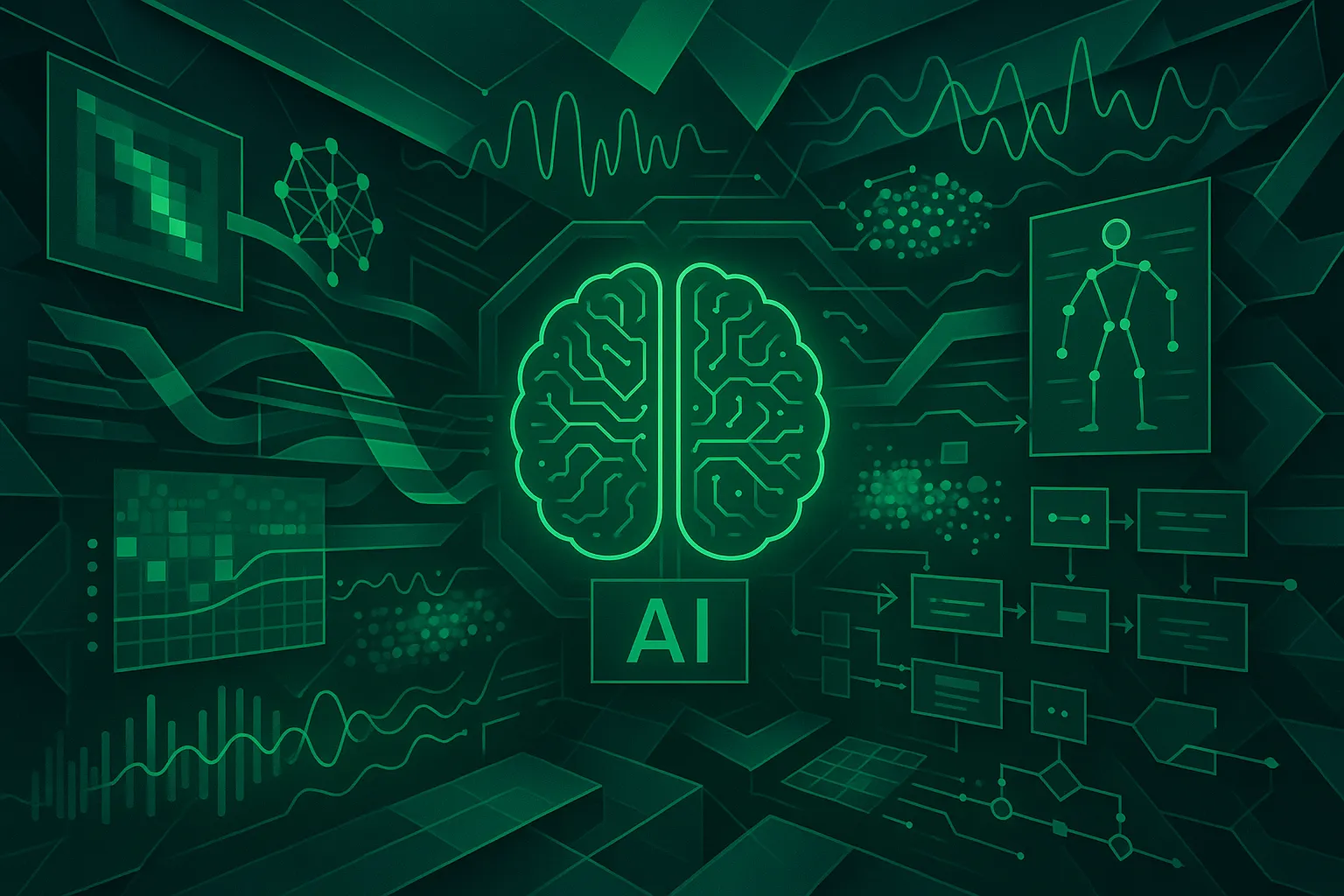
2025-02-25T04:00:00+00:00
Generative AI continues to impact industries worldwide, simulating human-like activities in language comprehension, image creation, and beyond. While its potential is impressive, challenges like inaccuracies, biases, and generating contextually inconsistent content remain. Enter Retrieval-Augmented Generation (RAG)—a powerful technique revolutionizing generative AI by seamlessly integrating external data sources, enhancing the accuracy and relevance of AI-generated content.
Introduced by Patrick Lewis and team in 2020, Retrieval-Augmented Generation (RAG) mixes traditional retrieval methods with generative models in Natural Language Processing (NLP). Unlike typical models reliant on pre-trained data alone, RAG consistently taps into external databases to provide relevant, up-to-date information, thereby augmenting the generative process with precise and coherent responses. This dynamic interaction mitigates AI's "hallucinations," where outputs might otherwise appear credible but are, in fact, incorrect.
RAG operates by processing a query, retrieving critical information from an external database, and then merging this data with the generative model's outputs. This fusion enhances factual precision while reinforcing the fluency and coherence of generated text. Such a combination not only improves response quality but also significantly reduces the risk of misinformation, embodying a leap forward in producing trusted AI-generated content.
Revolutionizing Healthcare: The ability of RAG to assimilate disparate health records and information is transformative for personalized patient service. It's creating equitable, reliable medical solutions, ensuring patients receive tailored advice, which is pivotal in addressing health disparities.
Elevating Business Customer Support: Tech giants like Google, Microsoft, and NVIDIA are employing RAG to amplify their customer support services. By being able to access and utilize extensive, real-time databases, these companies are offering faster, more accurate solutions, elevating user satisfaction.
Education's Brief Revolution: RAG's skill in crafting content that aligns contextually makes it a game-changer for education. It supports adaptive learning environments, adjusting to individual learning speeds and styles, enhancing education accessibility.
Integrating RAG into generative AI isn't just an enhancement; it's a necessity for developing AI systems that are not only creative but also validate their content through credible sources. This dual capability builds user trust while delivering insights that are actionable and precise. RAG's flexibility ensures its applicability across diverse fields, from virtual assistants to sophisticated decision-making tools, making it an invaluable asset in expanding AI's horizons.
Predicting RAG's role in future AI applications, its real-time knowledge application is key to new, sophisticated AI systems. With continuous advancements, RAG is poised to become a foundation stone for the next wave of intelligent AI systems.
RAG signifies a transformational shift in enhancing the effectiveness of generative AI systems. By bridging static models with dynamic data retrieval, it paves the way for new innovation avenues across various sectors. As we continue embedding RAG into AI, we're moving toward systems that don't merely mimic context but do so with unprecedented precision and reliability. The possibilities are vast, holding the promise to transform our AI interactions fundamentally.
Curious how RAG could transform your industry or project? Share your thoughts or explore further articles on its impact for more inspiration.